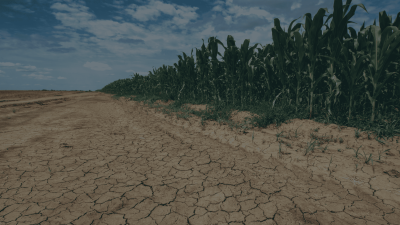
Improving access to redress for workers vulnerable to violence and harassment in South Asia
Experts discuss the factors that make some workers more vulnerable than others to violence and harassment.
This page is approximately a 3 minute read
This page was published on

In the United States, almost 40% of individuals believed that their drinking water was likely to cause them harm.
The much-anticipated World Risk Poll, funded by the Lloyd’s Register Foundation and implemented by Gallup, draws on more than 150,000 interviews across 142 countries to examine current and emergent risks to human safety.
The poll captures critical insights into people’s perceptions about diverse threats, from inflation and unemployment to the risk of transportation-related injury. These lived experiences often go unmeasured but are the cornerstone of human health and well-being.
Prior risk surveys, such as those conducted by the World Economic Forum, have reported data at the global scale, which masks experiences by different sub-regions and sub-populations. These inaugural World Risk Poll data are unique because they allow for some of the first cross-cultural examinations of perceived national risks by age, gender, and other socio-demographic characteristics.
One topic that the World Risk Poll will provide great insights into is the global water crisis. Progress towards Sustainable Development Goal 6.1, “achieve universal and equitable access to safe and affordable drinking water for all”, is currently tracked by the World Health Organization and UNICEF using a drinking water “service ladder” tool that classifies each household’s primary water source based on its probability of providing clean drinking water. It is estimated that nearly three-quarters of households worldwide currently use a safely managed drinking water service. Yet more than a third of respondents in 122 of the 142 countries sampled in the World Risk Poll reported that it is “very” or “somewhat likely” that their drinking water will cause them serious harm in the next two years.
Individuals in high-income countries with highly regulated, networked water systems also reported issues. In the United States, for example, almost 40% of individuals believed that their drinking water was likely to cause them harm.
This is significant because public perceptions about the management and relative safety of water influences health behaviors, regardless of objective drinking water quality. For instance, individuals who do not trust the quality of their water report greater stress and depression, and are more likely to substitute water with sugary beverages that can lead to obesity, diabetes, and cavities. They are also more likely to spend disproportionately high fractions of their income on water services.
Further, one in four respondents to the World Risk Poll said that their governments do not do enough to ensure that drinking water supplies are safe. It is therefore imperative that water governance is strengthened and made more visible to beneficiary populations. Indeed, previous research has demonstrated that good water governance is associated with improved household water security.
The World Risk Poll thus provides a more nuanced snapshot of the perceived risk posed by drinking water quality than previously available. Researchers can combine these data with other nationally representative surveys to quantify inequities and explore, for example, whether perceived issues of water quality cluster with other hazards, including inadequacies in food availability, educational provision, and infrastructure. As such, the World Risk Poll can be used by many stakeholders across diverse disciplines, including water, sanitation, and hygiene, to design and advocate for policies and solutions that reflect the needs of everyday citizens.